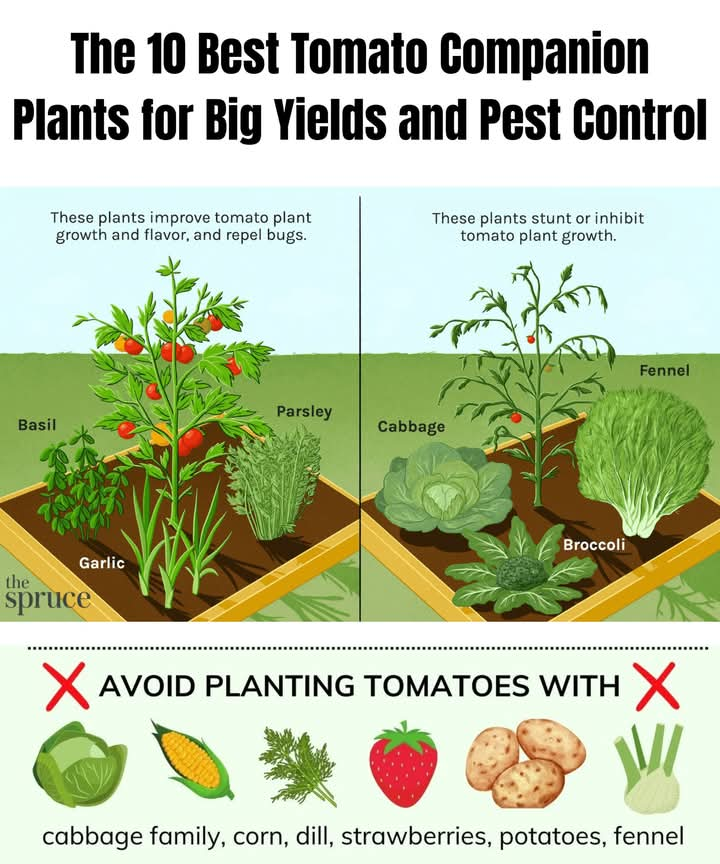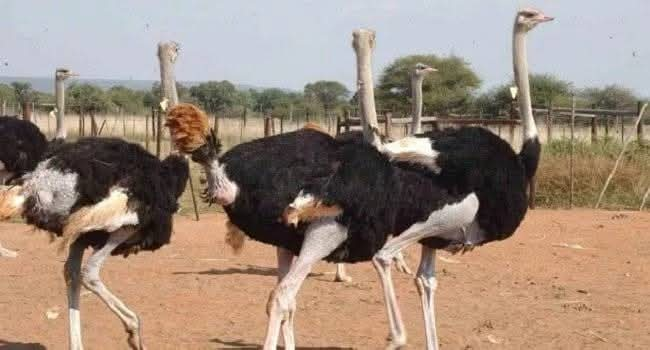Ostrich farming in Nigeria
Ostrich farming is a very good and sustainable agribusiness that involves the rearing of ostriches, the largest flightless birds native to Africa. With their ability to thrive in various climatic conditions and the demand for their products globally, ostrich farming has become a promising venture for modern entrepreneurs.
Key Benefits of Ostrich Farming
1. Diverse Products:
Meat: Ostrich meat is a lean, healthy, and premium red meat low in cholesterol and fat. It is in high demand in international markets.
Eggs: Ostrich eggs are a delicacy and can be sold as food or for ornamental purposes.
Feathers: Used in fashion, decor, and crafts due to their unique and exotic look.
Skin: Ostrich leather is highly durable and sought after in the luxury market for bags, shoes, and accessories.
2. Adaptability: Ostriches are highly adaptable and can survive in arid and semi-arid regions. This makes them suitable for farming in areas where traditional livestock may struggle.
3. Efficient Feed Conversion: Ostriches consume plant-based diets, including alfalfa and grains, and convert feed into valuable outputs more efficiently compared to many livestock species.
Business Opportunities in Ostrich Farming
1. Meat Production: Ostrich meat is gaining popularity for its health benefits. Export markets in Europe, Asia, and the Middle East present massive revenue opportunities.
2. Egg Sales: Ostrich eggs, weighing 1.5–2 kg, are highly priced. Fertile eggs are in demand for breeding, while unfertilized ones are sold for consumption or as ornaments.
3. Leather and Fashion: Ostrich leather is a luxury material. Setting up partnerships with tanneries and designers can create a steady revenue stream.
4. Feather Production: Feathers are valuable in the fashion and art industries. A well-maintained ostrich can produce feathers throughout its lifespan.
5. Tourism and Education: An ostrich farm can double as an eco-tourism attraction and educational site for students and researchers.
Requirements for Starting an Ostrich Farm
1. Land and Infrastructure:
Open spaces for ostriches to roam freely.
Fenced enclosures to prevent escapes and protect from predators.
Shelters for shade and protection during harsh weather.
2. Breeding Stock: Investing in high-quality breeding pairs or chicks is crucial. Choose species like the African Black Ostrich, which is easier to manage and has high productivity.
3. Knowledge and Expertise:
Basic knowledge of ostrich health, feeding, and reproduction.
Training in disease management and vaccination protocols.
4. Legal Requirements: Depending on your location, licenses and permits for wildlife farming may be required.
5. Marketing Strategies: Build networks with local and international buyers, restaurants, tanneries, and fashion houses. Utilize social media and e-commerce platforms to promote products.
Challenges in Ostrich Farming
1. High Initial Investment: Setting up an ostrich farm requires significant capital for land, infrastructure, and breeding stock.
2. Disease Management: Ostriches are prone to diseases like Newcastle disease and salmonella. Regular veterinary check-ups and biosecurity measures are essential.
3. Market Access: Establishing a market for ostrich products may be challenging initially, especially in regions unfamiliar with ostrich products.
4. Climatic Sensitivities: While ostriches are adaptable, extreme cold or wet conditions can stress the birds and affect productivity.
Financial Potential of Ostrich Farming
1. Profit Margins:
An ostrich can produce approximately 30–50 kg of meat, priced at $20–30 per kg in export markets.
Ostrich leather fetches premium prices, ranging from $300–500 per hide.
Each egg can be sold for $30–50, and feathers can bring in additional income.
2. Scalability: Once the initial investment is recovered, ostrich farming is highly scalable. A single pair can produce several offspring annually, multiplying profits over time.
—
Tips for Success in Ostrich Farming
1. Start small and expand gradually to manage risks and gain experience.
2. Partner with experts, agricultural extensions, and fellow farmers to share knowledge.
3. Focus on quality over quantity to build a reputation in niche markets.
4. Explore value addition, such as processing meat into sausages or selling eggshell art.
Ostrich farming is a highly rewarding venture with vast business potential. It is environmentally sustainable, profitable, and aligns with the growing global demand for exotic and healthy products. While challenges exist, proper planning, investment, and market strategy can turn this venture into a thriving agribusiness.




